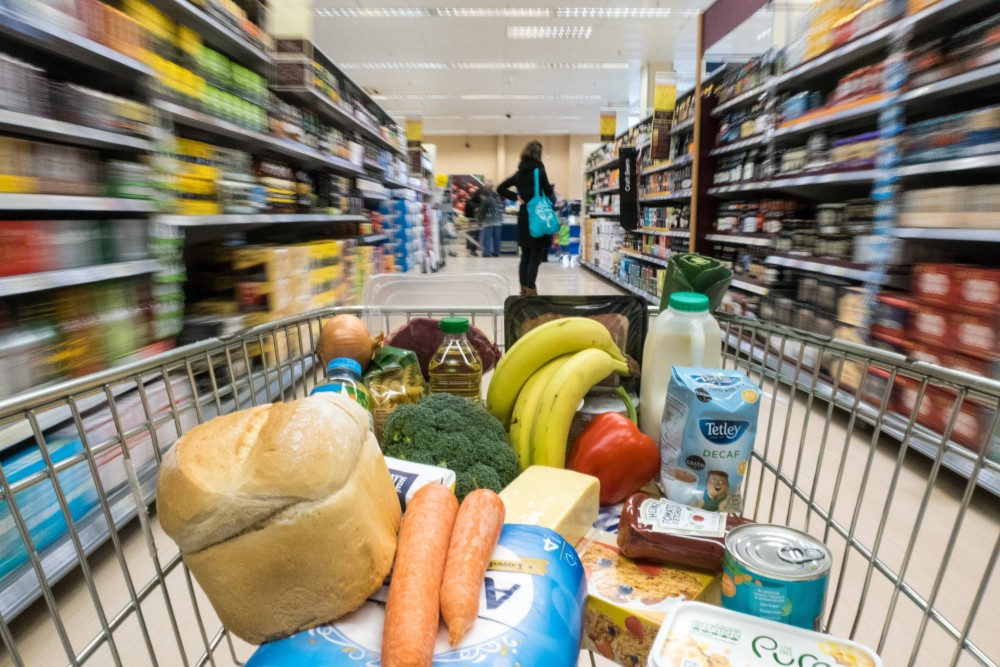In March retail sales (adjusted series) went up 0.7% against February and 4.3% year-on-year.
In the first quarter of 2024, sales rose 5% compared with the previous quarter and 5.5% compared with the same quarter of 2023, meaning that final household consumption will contribute to a larger extent to the advance of GDP in Q1/2024.
Retail sales actually recorded the biggest quarterly hike since the post-pandemic reopening in Q3/2020.
Erste Bank economists expect retail sales to end this year with a 6.5% increase, a significant acceleration from the 1.8% advance in 2023.
Facilitating factors for consumption increase
The labor market is perming well, unemployment is on a downward trend, real income growth and new jobs creation are driving a positive dynamic in terms of retail sales.
A strong recovery of private consumption is expected in 2024, which should contribute to an acceleration of GDP growth to +2.6% from 2.1% in 2023.
Non-food products increased by nearly 11% against March 2023 and remained constant against the previous month.
Fuels also went up 2.1% in March against February and 5.1% against March 2023.
Food sales fell in March by 0.4% against February and by 1.7% compared with the same month of the previous year.
The EU also saw higher fuels sales in March
According to Eurostat, retail sales in the Eurozone went up 0.8% in March 2024, compared with February.
The figure reported by Eurostat exceeds analysts’ forecast, who had estimated a 0.6% retail sales increase in the Eurozone in March, after a 0.3% drop recorded in February.
Regarding the European Union, Eurostat outlined that retail sales were 1.2% higher mainly because of the 1.5% increase in fuels sales as well as the 0.8% increase in terms of sales of food products, beverage and tobacco and the 0.5% increase of non-foods sales.
EU member states with the most significant increase of retail sales month-to-month are: Poland (7.3%), Cyprus (4.8%) and Hungary (2%). The most important decrease was registered by Sweden (-1.8%), Malta (-1%) and Austria (-0.8%). Eurostat states that data concerning Romania are confidential.
Retail sales rose 0.7% in the Eurozone and 2% in the European Union year-on-year. Retail sales in the EU were primarily influenced by the 3% increase of non-foods sales, as well as the 1% increase in terms of sales of foods, beverage and tobacco. The member states with the most significant increase of retail sales year-on-year are: Poland (14.8%), Luxembourg (10.3%) and Croatia (8.9%). The most important decrease was registered in Belgium (-4.6%), Estonia (-2.3%) and Austria (-2%). Data concerning these results in Romania are confidential as well.
***













